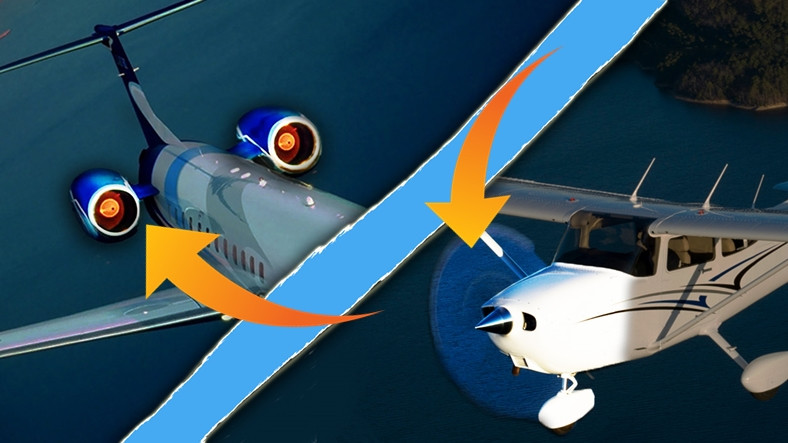Small aircraft engines are usually placed under the wings or in the front of the fuselage. Motor placement selection; aerodynamics, weight distribution, stability, maintenance and cost depends on several factors like Each option has its own advantages and disadvantages but it is hard to say which one is better.
While we can’t choose which is better, we can explain why these engine placements are different. After reading our article, why small aircraft engines are usually in the front and not on the wings You can be sure that you will understand it better.
Let’s start with the most common: airplanes with the engine on the wing
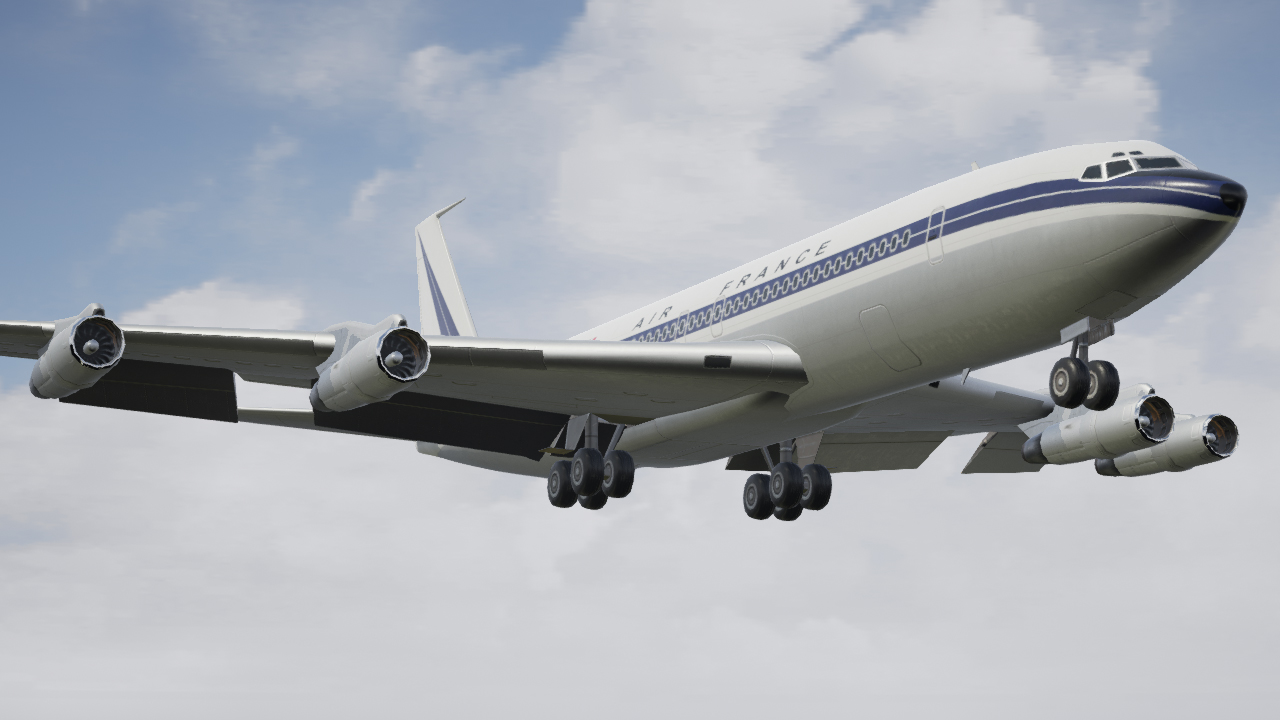
Wing-mounted engines, usually in the thruster (propeller propels plane forward) are engines placed in compartments under the wing. These kinds of engines Boeing We see it in big planes. Wing-mounted engines have several advantages:
- Lower friction and noise in the propeller
- Better visibility for the pilot
- Lower torque and gyroscopic effects of the propeller that reduce rudder input
However, wing-mounted engines also have drawbacks. For example:
- More difficult access and maintenance
- Less space for fuel tanks and cargo in the wings
- Higher risk of blade bending and fluttering due to motor weight and vibration
- In case of engine failure in twin-engine aircraft, asymmetrical thrust, inability to control
There are other less common engine layouts for small aircraft. An example of this would be engines mounted at the rear of the fuselage or on a vertical stabilizer.
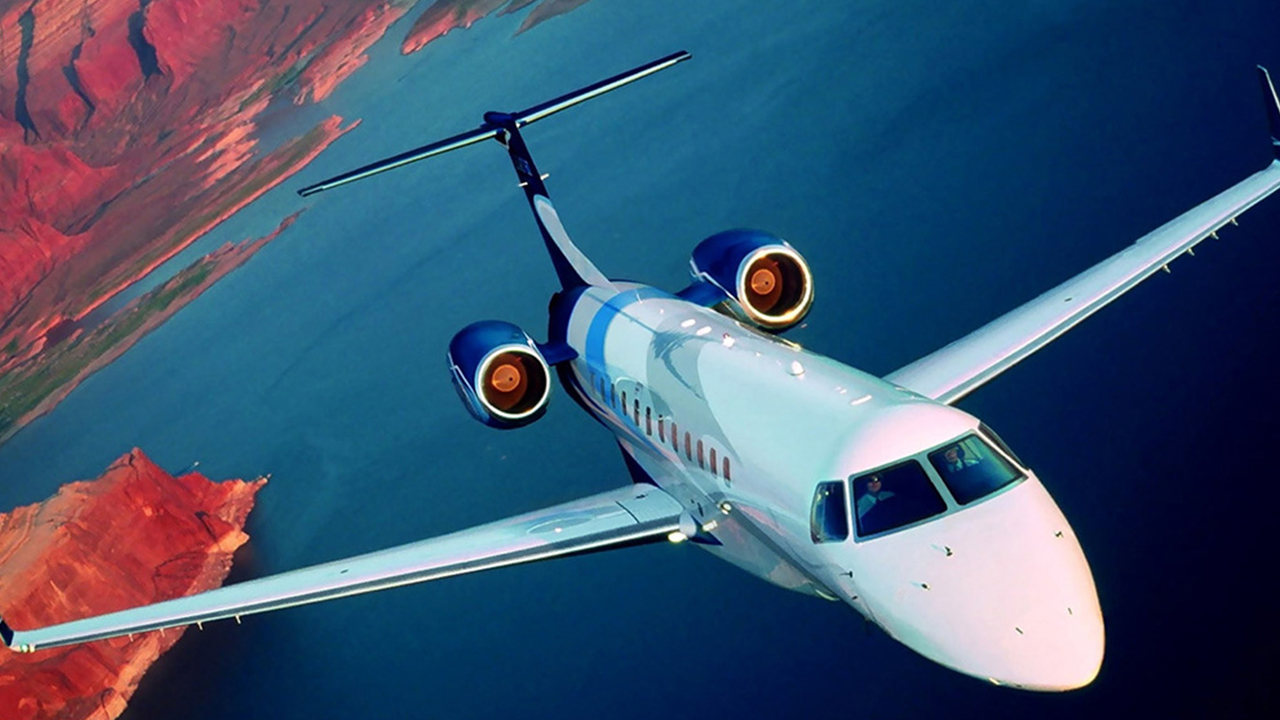
This is a rare engine layout for small planes, but Embraer ERJ family or Aviafiber Canard 2FL They can be seen on some regional jets or gliders, such as Tail-mounted engines have some advantages over front-mounted and wing-mounted engines. For example:
- Better balance of weight distribution
- Better visibility for the pilot
- from FPS (damage from foreign matter) better protection
- Better airflow over the wing (aerodynamics)
- Less impact of engine noise on the cabin
The disadvantages of stern-mounted engines are:
- In case of engine failure in twin-engine aircraft, asymmetrical thrust, inability to control
- Difficult access to and maintenance of the engine
- Higher risk of tail hitting the ground on landing or takeoff
- Higher center of gravity (CG) and moment of inertia affect stability and maneuverability
- Higher risk of possible fire spread from the engine to the fuselage or wing
Our last and main model: Front engine aircraft
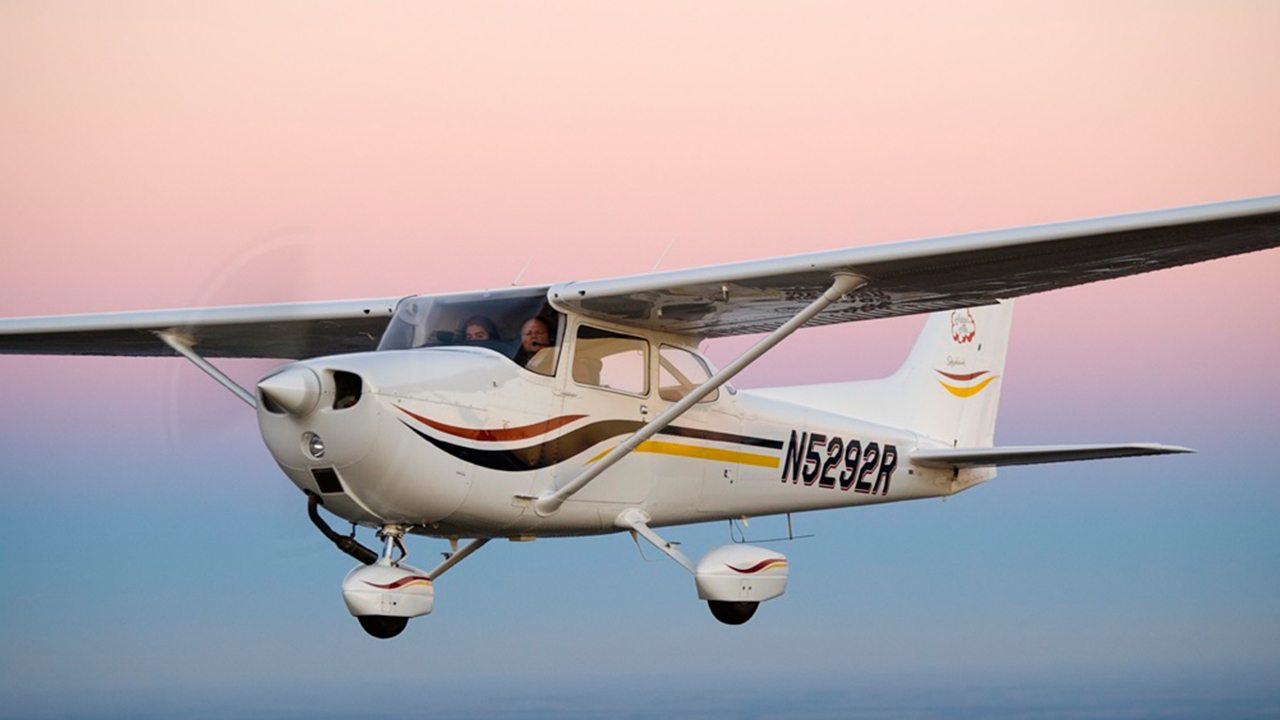
Front-mounted engines, usually in a tractor assembly (propeller pulls plane forward) are the engines mounted on the front of the hull. As an example of this Cessna 172, Piper PA-28, Cirrus Vision Jet or Pilatus PC-12 We can provide small single engine or twin engine aircraft such as The advantages of front engines are:
- Reduced propeller friction and noise
- Easier access to engine and maintenance
- Lower moment of inertia for greater stability and maneuverability
- Fuel tanks in the wings and more space for cargo in the plane
- No risk of asymmetric thrust in case of engine failure
- Straightforward operation requiring less rudder input
Front-mounted engines also have some drawbacks:
- Poor visibility for the pilot
- Higher risk of foreign object damage (FOD) from track debris
Finally; why are the engines usually in the front of small planes?
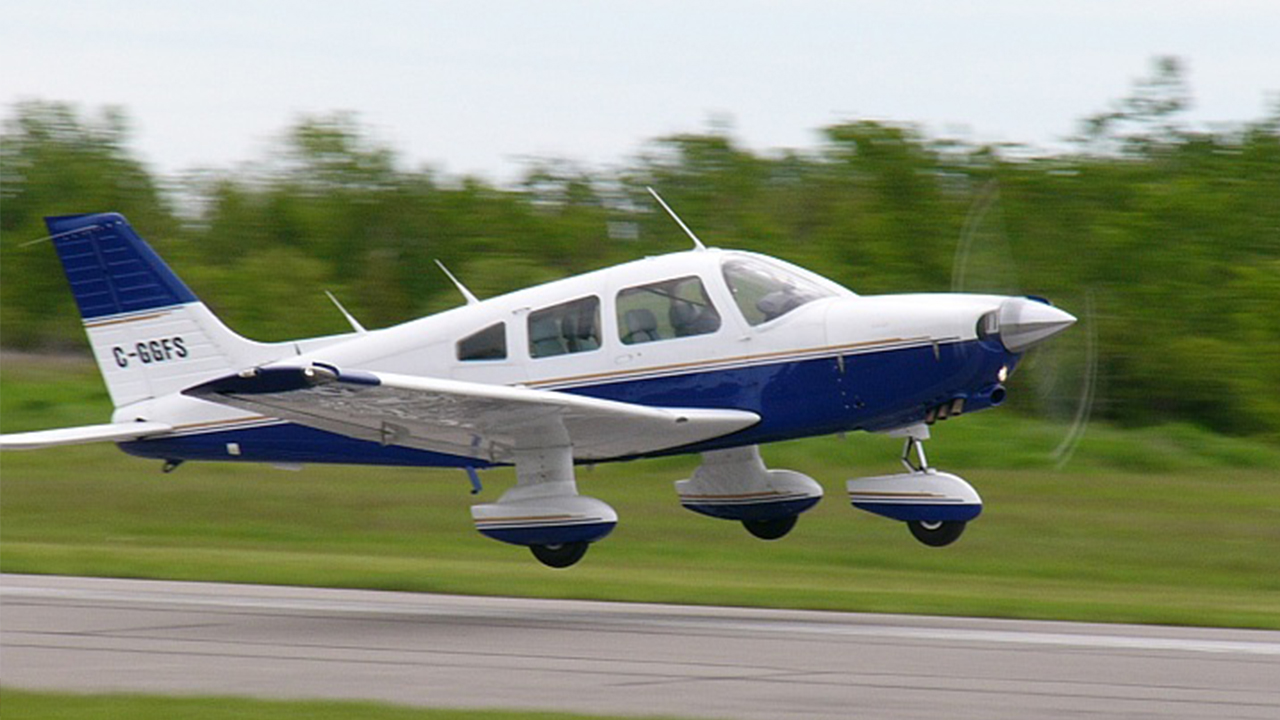
As the most obvious reason, we can show the agility that we have listed in the benefits items. The fact that the aircraft is light and the wing has an oval design also plays a major role in this, of course, but the weight of the engine is on the fuselage, not the wings, balances the center of gravity.
Therefore, although they cannot fly long distances, these aircraft can fly over short distances, excellent maneuverability they have. You may have noticed that this type of aircraft is mostly used for short tourist trips, spraying/irrigation trips that require fast maneuvers and short flight distances.
Sources: Daniel Raymer – Aircraft Design, Aircraft Design – Technical Details







